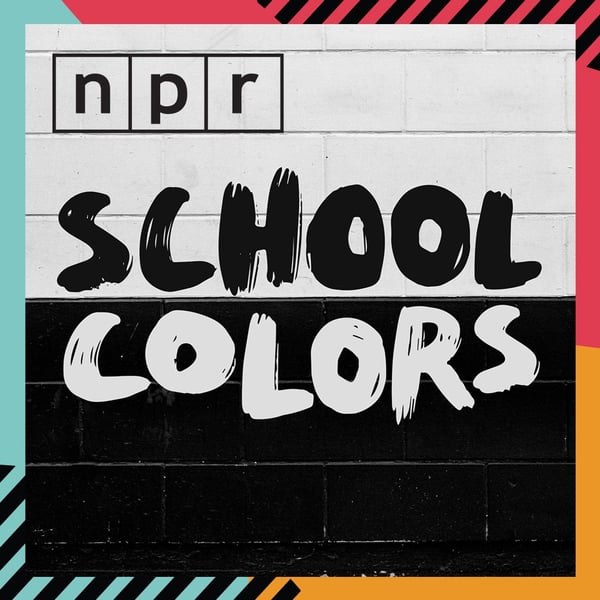S1 E1: Old School
School Colors
Brooklyn Deep
5 • 656 Ratings
🗓️ 20 September 2019
⏱️ 43 minutes
🧾️ Download transcript
Summary
Transcript
Click on a timestamp to play from that location
| 0:00.0 | Marcus Garvey is widely considered the founding father of black nationalism. |
| 0:07.0 | Born in Jamaica, where my own family is from, Garvey opened the first U.S. branch of his |
| 0:11.0 | United Negro Improvement Association in Harlem in 1917, and by 1920, the UNIA had chapters |
| 0:18.0 | in more than 40 countries around the world. |
| 0:20.0 | They established a Negro factories corporation, the Black Cross, modeled on the Red Cross, |
| 0:24.6 | the Negro World Weekly newspaper, and the Black Star shipping line. |
| 0:28.6 | If you've ever seen the red, black, and green black liberation flag, that comes from the UNIA. |
| 0:33.6 | Marcus Garvey died in 1940, but his ideas lived on. |
| 0:38.4 | From Oakland to Omaha to Brooklyn, generations of black Americans were inspired by Garvey |
| 0:43.3 | to build black businesses and institutions. |
| 0:46.0 | In Brooklyn, nowhere did this ideal of black self-determination come more alive than in Bedford-Stuyvesant. |
| 0:52.3 | So it's no surprise that in 1987, a major thoroughfare in Bed-Stuy was renamed Marcus Garvey Boulevard. |
| 0:59.0 | But Bed-Stuy is changing, and you can see that change very clearly, |
| 1:03.0 | but in very different ways at two different public schools that both happen to sit on Marcus Garvey Boulevard. |
| 1:09.0 | At the corner of Marcus Garvey and Lafayette, right across the street |
| 1:13.3 | from the place where I do my laundry, there's a public elementary school called PS25. The New York City |
| 1:18.5 | Department of Education says that PS25's four-story brick building has room for almost a thousand |
| 1:23.1 | students. Last year, there were just 82. |
| 1:33.3 | So on a cold Monday night in February 2018, I went to PS25 for a public hearing. There might have been 30 people there scattered around an auditorium that seats 2-300. |
| 1:38.3 | Before the hearing began, a few kids with handwritten signs just about as tall as they were, started marching up and down the aisles. |
| 1:47.0 | That's right. |
| 1:49.0 | That's right. |
... |
Please login to see the full transcript.
Disclaimer: The podcast and artwork embedded on this page are from Brooklyn Deep, and are the property of its owner and not affiliated with or endorsed by Tapesearch.
Generated transcripts are the property of Brooklyn Deep and are distributed freely under the Fair Use doctrine. Transcripts generated by Tapesearch are not guaranteed to be accurate.
Copyright © Tapesearch 2025.

